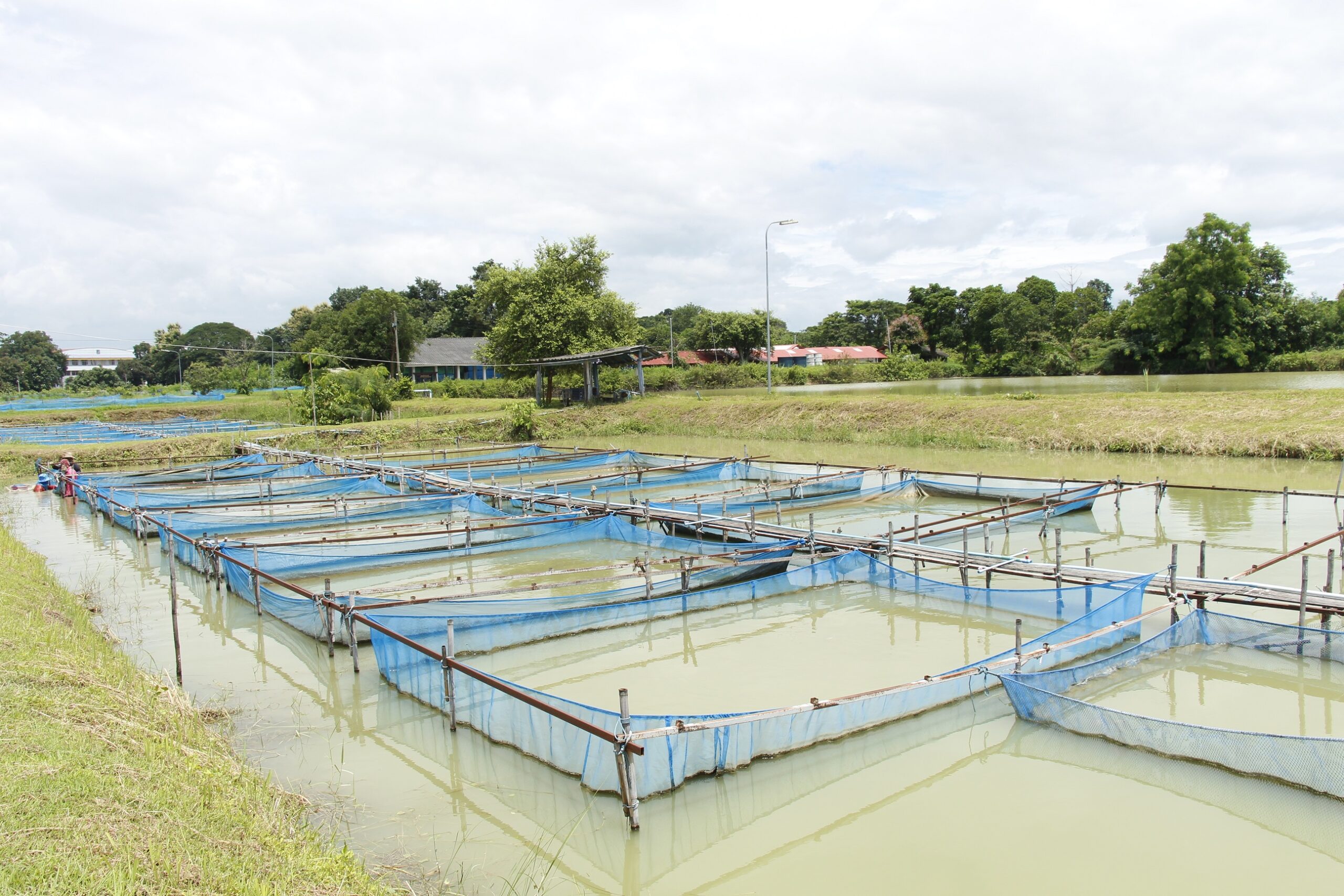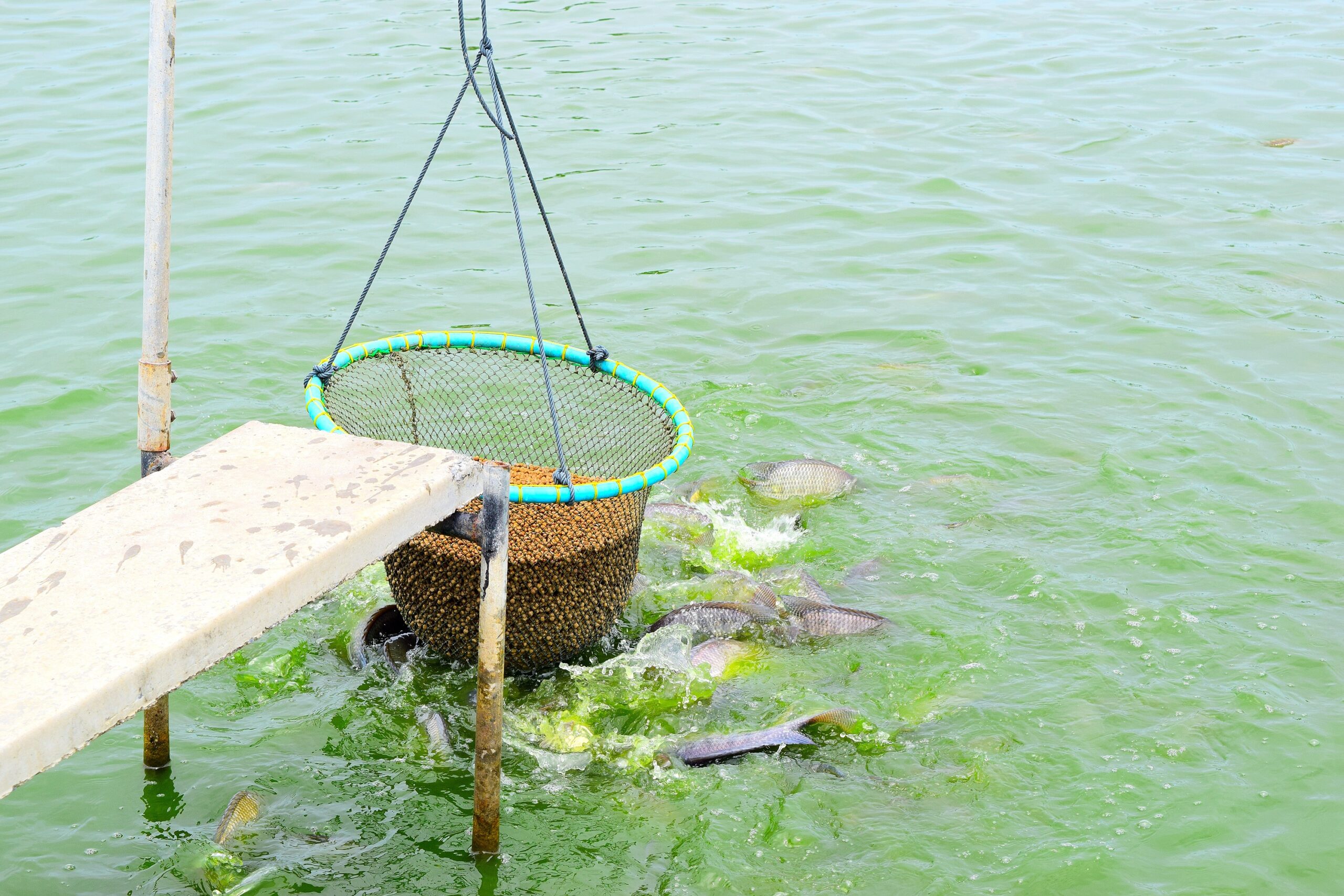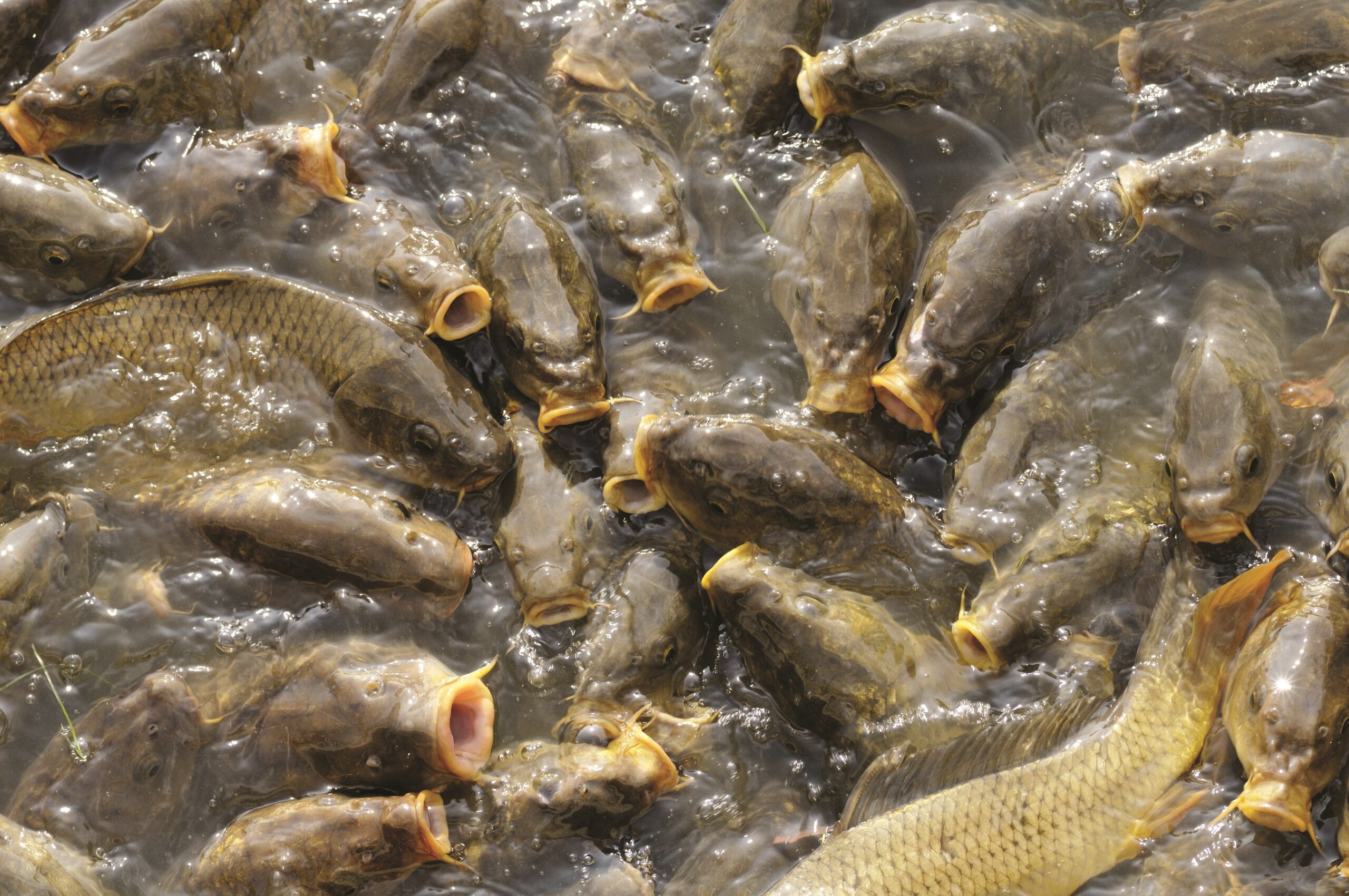Amit Saraogi

Aquaculture over the recent years has not only led to substantial socio-economic benefits such as increased nutritional levels, income, employment and foreign exchange, but has also brought vast unutilized and underutilized land and water resources under culture.
Introduction
Fisheries is an intrinsic part of the food chain. Improving the productivity of fisheries and aquaculture is vital to reducing hunger and poverty for millions in the developing world. In Indian perspective, as a developing nation, consumption of fish provides more than one billion poor people with most of their daily animal protein. Also, fish is the affordable animal source of protein.
India has the highest prevalence of wasted children under five years in the world, and stands at 94th position, which reflects acute undernutrition, according to the Global Hunger Index 2020. The situation has worsened in the 2015-19 period, when the prevalence of child wasting was 17.3%, in comparison to 2010-14, when it was 15.1%.Globally, nearly 690 million people are undernourished, according to the report, which warns that the COVID-19 pandemic could have affected the progress made on reducing hunger and poverty.
The challenges governments and international development communities need to address, given a global population that is projected to exceed 9 billion by 2050, much of it in developing countries prone to hunger, is to ensure both adequate food and nutrition security for all. It is widely acknowledged that fisheries have the capacity – if supported and developed in a regulated and sensitive manner that is both environmentally and socially responsible – to address the challenges and further contribute positively towards eradication of hunger, food insecurity and malnutrition. While the role of fisheries is increasingly recognized by national and global development policy makers, there is a clear need for a more proactive and concerted effort by the fisheries sector.
Sustainable productive fisheries and aquaculture can vastly improve food and nutrition security, increase income and improve livelihoods, promote economic growth and protect our environment and natural resources. Globally, more than 250 million people depend directly on fisheries and aquaculture for their livelihoods and millions are employed in fisheries and aquaculture value chains in roles such as processing or marketing. The very poor often rely on fishing as a primary source of income. These small-scale fishermen are particularly vulnerable as fish stocks diminish.
Potential
Increased productivity from sustainable fisheries and aquaculture can be a driver for rural development by mitigating risks to livelihoods and contributing to income generation and employment.Aquaculture, in particular, has tremendous potential to enhance food security and be environmentally sustainable. Small-scale aquaculture is especially important for meeting the world’s growing demand for fish. As fish requires a smaller environmental footprint than other animal source food, aquaculture is a more environmentally ecological option for meeting the world’s food needs than other animal source foods.
With the increase in demand of healthy animal protein consumption, fish farming and aquaculture has become an important and growing sector not only in India but across the world. India has 7,500 kilometres (4,700 mi) of marine coastline, 3,827 fishing villages and 1,914 traditional fish landing centres. India’s freshwater resources consist of 195,210 kilometres (121,300 mi) of rivers and canals, 2.9 million hectares of minor and major reservoirs, 2.4 million hectares of ponds and lakes, and about 0.8 million hectares of flood plain wetlands and water bodies.
India ranks third in fisheries production, and second in aquaculture. India is home to more than 10 percent of the global fish diversity.With diverse resources ranging from deep seas to lakes in the mountains and more than 10% of the global biodiversity in terms of fish and shellfish species since independence, the country has shown continuous and sustained increments in fish production. Fisheries alone has employed 145 million people and contributed to 1.07% of the GDP and generated export earnings of Rs 334.41 billion as per a recent estimate of National Fisheries Development Board.
National Institute of Agricultural Economics and Policy Research reported the projected demand would go 11.80 million metric tonnes by FY21. Fish production rose from 800,000 tons in FY 1950 to 4.1 million tons in the early 1990s. From 1990 through 2010, Indian fish industry accelerated, reaching a total marine and freshwater fish production to about 8 million metric tons. Aquaculture over recent years has not only led to substantial socio-economic benefits such as increased nutritional levels, income, employment and foreign exchangebut has also brought vast un-utilized and under-utilized land and water resources under culture.
Challenges
There are various challenges plaguing this sector and India must address them to further develop its fish farming sector. Lack of variety of fish specieswhich can lead to oversupply and eventually pricedrop. Increase in variety also is required to further aquaculture. Absence of hatchery technology for the introduction of new species is a contributing factor towards this. Species diversification will help stabilize prices and increase demand for formulated aquafeeds.
Technological advancements are also missing in freshwater fish farming. Farmers are mostly dependent on traditional methods that often lead to conditions that promote disease. Farmers must be trained on modern culture systems that use less land and water but will greatly benefit the sector and all stakeholders.
The inferior quality of fish produced in poorly managed production systems affects consumers’ inclinations as well.The lack of adequate cold chain and distribution systems for fish as a perishable product affects availability and marketing.There are also perils of ignorance in aquaculture. Timing of treatments must be carefully implemented. In each farm situation the problems may vary. Juveniles and adults must be monitored and treated separately. Disinfecting all farm equipment thoroughly before treating is important. Seeking proper vet advice is essential without misplaced good intention by middlemen.
But the biggest problem that is affecting the industry the most is the lack of finance for fish farmers. NBFCs and banks are not as enthusiastic about providing aquaculture farmers loans or credit as they are for crop farmers. This needs to change and financial institutions must come forward to help the industry grow further.
With the advent of blue revolution, aquaculture moved into commercial lines. In the last four decades, aquaculture in India evolved as a commercial farming practice from the level of traditional backyard activity. This also meant that an environmentally sound and traditional industry transformed into an intensive production system leading to a number of environmental problems, like increased soil salinity, reduction in agricultural production, decrease in livestock production and destruction of mangrove forests.
Shrimp cultivation also has negative impacts on biodiversity. In addition to the environmental effects, health and social issues, adoption of better feeding methods, enhancing nutritional diversity, quality fish seed production, small scale Integrated Farming System – can be some methods to ensure sustainable practices in aquaculture. Introduction and popularization of compound feed is important in the sector. Farmers must be taught the benefits of using compound feed.A very minor percentage of farmers have adopted to the feed-based farming system and there is scope for a large number to adopt to compound feed which can yield better results for the farmers. Unscientific farming practices and poor utilization of technology must be overcome for the sector to reach its full potential in the county.
Major objectives of the PMMSY
•Enhancing fish production by an additional 70 lakh tonne till 2024-25,
•Increasing fisheries export earnings to Rs.1,00,000 crore,
•Doubling of incomes of fishers and fish farmers
•Reducing post-harvest losses from 20-25% to about 10%
•Generation of additional 55 lakhs direct and indirect gainful employment opportunities in the fisheries sector and allied activities farmers
Opportunities
The measures announced under the Pradhan Mantri Matsya Sampada Yojna (PMMSY) for Fisheries and Shrimp sector aim to boost export and rural employment are encouraging. These measures will boost rural entrepreneurship, enable wealth creation to boost the economy to make India self-reliant as envisioned by our Hon’ble Prime Minister.During the period 2020-2021 to 2024-2025, an estimated investment of Rs. 20,050 crores has been announced. Our Hon’ble Prime Minister also emphasized on deriving maximum benefits out of the PMMSY schemes towards making of Atmanirbhar Bharat. More focus has been given on strengthening the value chain, including infrastructure, modernization, traceability, production, productivity, post-harvest management, and quality control.
Aquaculture can become a huge source of generating employment and livelihood. It can increase protein availability, alleviate the issues related to rural employment and help achieve the food security goals. Especially with all the reverse migration happening across the country due to the ongoing pandemic, aquaculture, fisheries and shrimp culture can help in rehabilitation of these migrants and support in creating a livelihood for them.
(The author is the Managing Director, Anmol Feeds. Views expressed are personal.)





